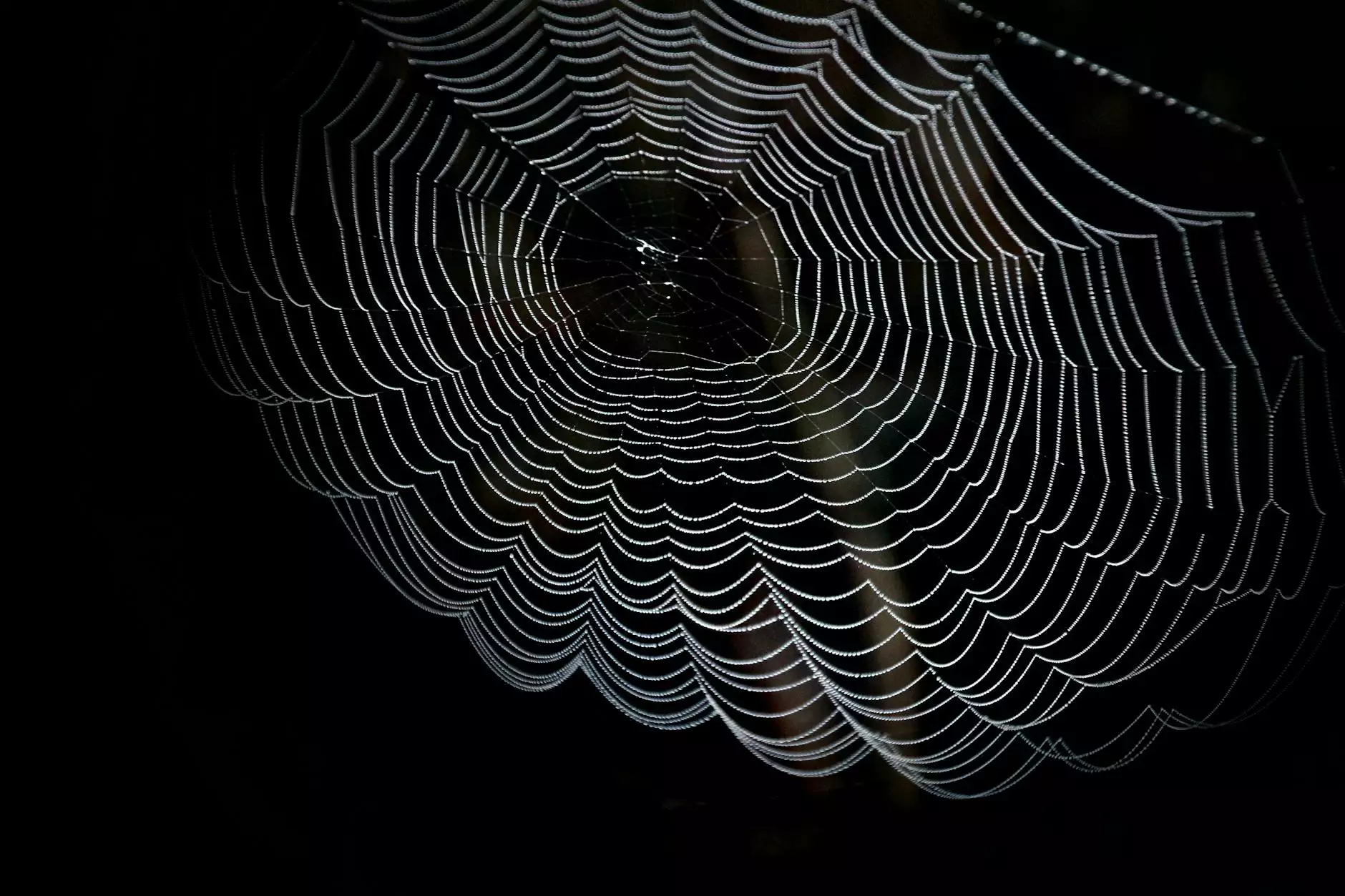The Fascinating World of Artists Who Work With Light

Art has always been a medium of expression, a way for individuals to communicate emotions, ideas, and concepts that transcend the boundaries of language. In the modern age, one particular category of artistry has gained immense recognition: the work of artists who work with light. These innovative creators utilize light not just as a tool, but as a primary medium to craft experiences that captivate and inspire audiences around the globe.
Understanding the Unique Realm of Light Art
Light art can be understood as a genre that encompasses a wide range of artistic expressions. It integrates various styles and forms, from installations and performances to sculptures and projections. The essence of light art lies in its ability to transform spaces and alter perceptions through the manipulation of illumination.
The Evolution of Light as an Artistic Medium
The use of light in art is not a novel concept. Artists have been exploring this medium for centuries. From the glowing paintings of the Renaissance to the vibrant neon signs of the 20th century, light has continuously played a pivotal role in artistic expression. However, the emergence of contemporary artists has allowed this medium to evolve in unprecedented ways.
Notable Artists Who Work With Light
Among the myriad of talents in the realm of light art, several artists stand out due to their unique approaches and groundbreaking contributions. Below is a spotlight on some of these exceptional creators.
- James Turrell: Known for his profound understanding of perception, Turrell's installations allow viewers to engage with light in space. His works invite observers to reevaluate the relationship between light and environment.
- Dan Flavin: Flavin revolutionized the use of fluorescent light in art. His minimalist installations challenge viewers' perceptions of everyday objects and spaces, imbuing them with a sense of vibrancy and energy.
- Olafur Eliasson: A contemporary artist whose works often embrace natural elements, Eliasson incorporates light to create immersive experiences that engage and delight. His famous installations often manipulate light and color, enhancing the viewer's sensory experience.
- Grimanesa Amorós: Celebrated for her breathtaking light installations, Amorós uses technology to create sculptures that convey emotional narratives. Her work transcends simple illumination, infusing life and vitality into her pieces.
The Technology Behind Light Art
The tools and technologies artists employ to create light art have progressed tremendously. The integration of digital technologies and new materials has expanded the creative possibilities for artists. Here are some significant technologies that artists who work with light typically utilize:
- LEDs (Light Emitting Diodes): Highly efficient and versatile, LEDs are now commonplace in light art. Their ability to emit bright light while consuming minimal energy makes them ideal for large-scale installations.
- Projection Mapping: This technology allows artists to project images onto irregular surfaces, bringing static objects to life. By carefully calculating dimensions and angles, artists can create mesmerizing visual narratives.
- Interactive Technologies: Many contemporary light artists are incorporating interactive elements into their works. Using sensors and responsive systems, they create experiences that change in reaction to viewer movement or participation.
The Impact of Light Art on Society
Artists who work with light do not merely aim to decorate; they seek to engage, provoke thought, and even drive change. The impact of their work can be seen in various aspects of society:
1. Cultural Identity and Communication
Light art often serves as a means of cultural expression. Artists like Grimanesa Amorós draw on their personal histories and cultural backgrounds to create works that resonate with specific audiences. Through lighting, they communicate narratives that reflect both personal and collective identities.
2. Urban Transformation
In urban environments, public light installations have the power to transform spaces, making them more inviting and engaging. Projects like light festivals employ artworks to uplift communities, ignite local economies, and encourage social engagement.
3. Environmental Awareness
Many artists are using their platforms to raise awareness of environmental issues. By incorporating elements that highlight sustainability or use eco-friendly materials, they encourage audiences to reflect on their relationship with nature.
The Future of Light Art
The future of artists who work with light is undoubtedly bright. As technology continues to advance, so will the techniques and possibilities for creative expression. Here are some trends to watch for:
- Augmented and Virtual Reality: The integration of AR and VR technologies with light art will create immersive environments where viewers can experience art in entirely new dimensions.
- Sustainability: With growing environmental concerns, artists will increasingly seek sustainable practices in their light art, using renewable materials and energy-efficient technologies.
- Community Involvement: Future light installations will likely focus more on community engagement, incorporating local cultures and histories into their designs.
Conclusion: The Illuminating Power of Light Art
The world of artists who work with light offers an incredible spectrum of creativity, innovation, and inspiration. Their ability to manipulate light not only changes spaces but also enhances our understanding of the world around us. By redefining how we perceive art and experience our environment, these artists continue to leave a profound mark on both contemporary art and society at large.
As we continue to explore this radiant domain, it becomes increasingly clear that light art reflects not just the prism of creativity, but also the human condition itself. Through their luminous works, light artists draw us into a conversation about perception, culture, and the very nature of existence. Whether through a simple interaction with light or an elaborate installation that transforms a space, these artists invite us to see the world through a brighter lens.
As the realm of light art expands, we encourage you to explore the works of these exceptional creators, including those featured on Grimanesa Amorós's website, to gain deeper insights into their incredible art and the unique narratives they convey. The future of light art is indeed radiant, and its evolution is one we are eager to witness.
Artist whom work with light








